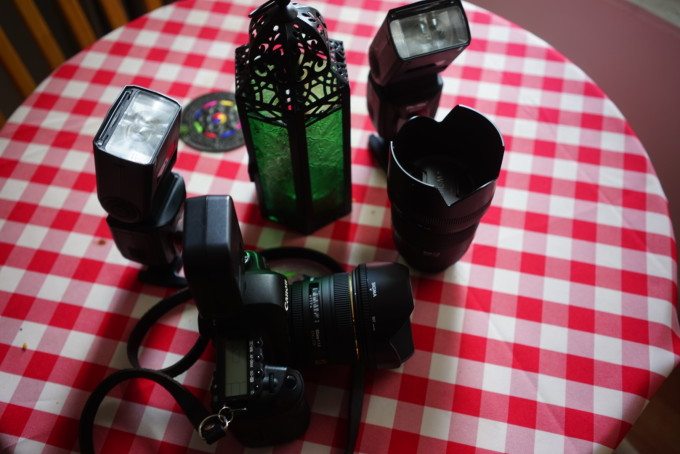Last Updated on 09/23/2014 by Julius Motal
We’ve had some heated debates recently on the site’s Facebook page when it comes to 85mm vs 50mm lenses. We tested it out ourselves a very long time ago, but recently another posting made readers wonder about it more themselves. To figure out which lens can render a better image when it comes to portraits, we tested two lenses from the same manufacturer to put an end to the debate once and for all.
So the real question is: Which lens is better for portraits? The 85mm vs 50mm Lens?
Editor’s Note: this is a formal comparison test not done in a lab, but instead in a real life situation. Real life situations simulate shooting subjects and not test charts. Frankly, if you’re purchasing a lens just to shoot charts all day you need to open a gallery of your test chart images and see someone’s reaction to them.
Gear Used
We used the Canon 5D Mk II with the Sigma 85mm f1.4 and the older version of Sigma’s 50mm f1.4 to make it a fair test.
Procedure
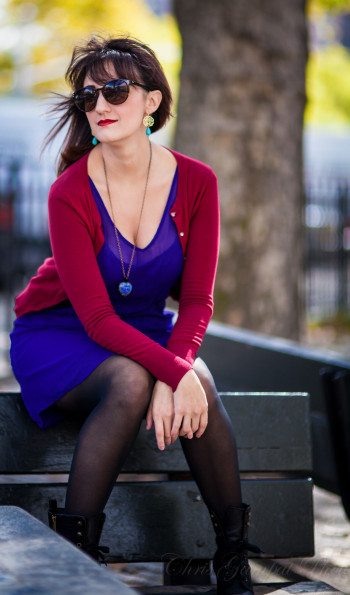
In order to test how much distortion really affects a subject with an 85mm and a 50mm lens, we shot a series of images with some having nearly exactly the same pose. The problem inherently with this is that one focal length is wider and the other is more narrow. Obviously the more narrow lens will keep distortion down–or at least that’s what we think.
There are two different types of distortion: one is perceived distortion and the other is rectilinear distortion. The former has to do with how far away from the subject you are and where in the lens are the subject is placed. The latter has to do with how lines are perceived.
If we were talking about shooting architecture, then the latter would totally make sense–but we’re testing these lenses our for portraiture. Because of this, you need to photograph a person and see how it works out in real life. With that said, perceived distortion is what was tested for more.
When photographing people, there are always certain factors that you need to keep in mind but two of the biggest are overall body shape and nose. Not everyone has a body designed to grace the cover of Maxim magazine and similarly some folks are more akin to Pinocchio than others.
To do this test, we called up Stephanie–a local pilates instructor who has modelled for the site before. Granted, Steph is in great shape and represents one of the more ideal situations when it comes to photographing a person.
We photographed Stephanie with an 85mm f1.4 then proceeded to use a 50mm f1.4 to get approximately the same field of view. We used similar exposures then brought the images into Adobe Lightroom 5 where some minor sharpening, color enhancement and contrast was applied.
We repeated the test in many situations and at different distances in order to see what kind of look it would render.
Results
Test 1
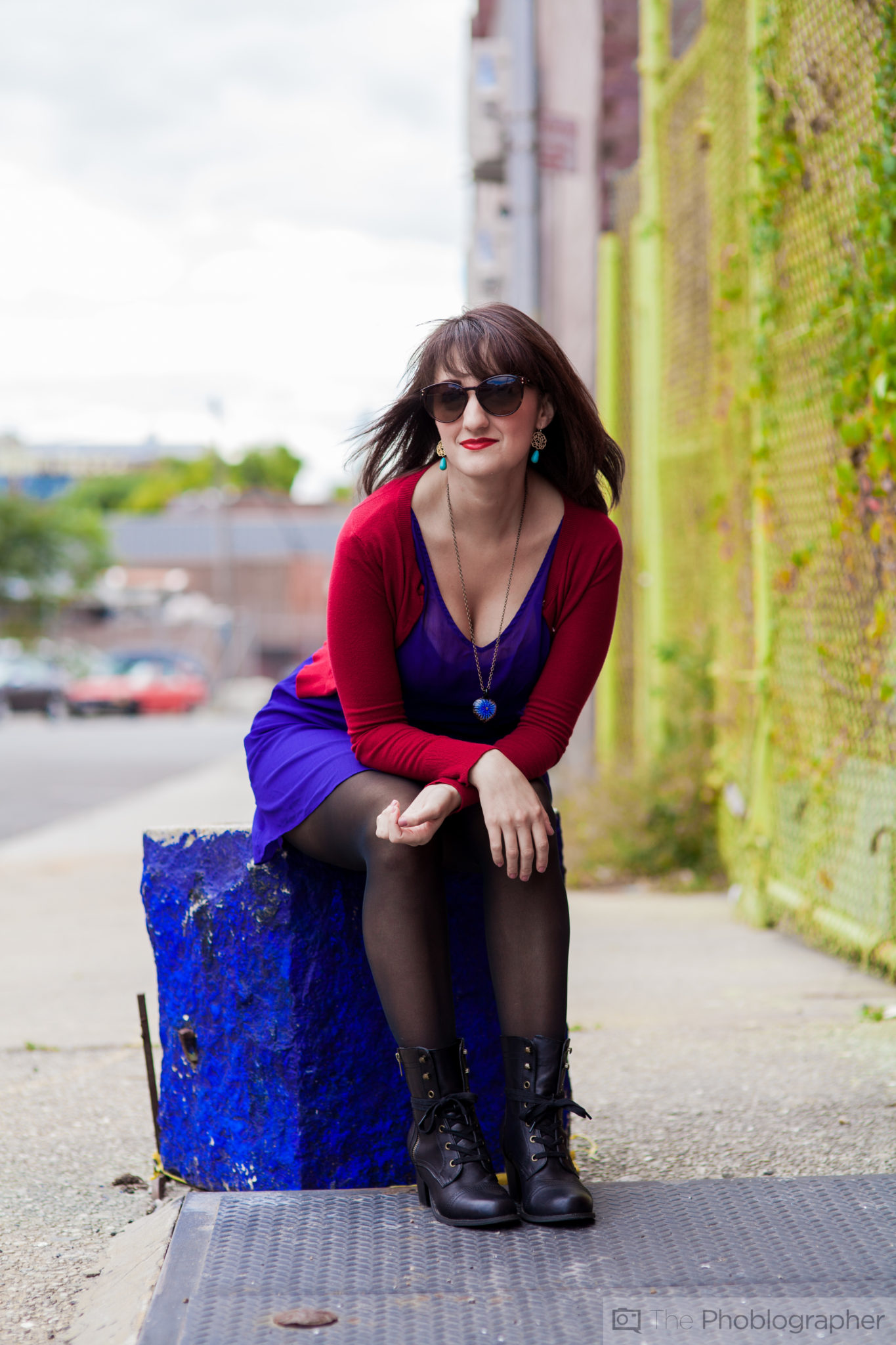
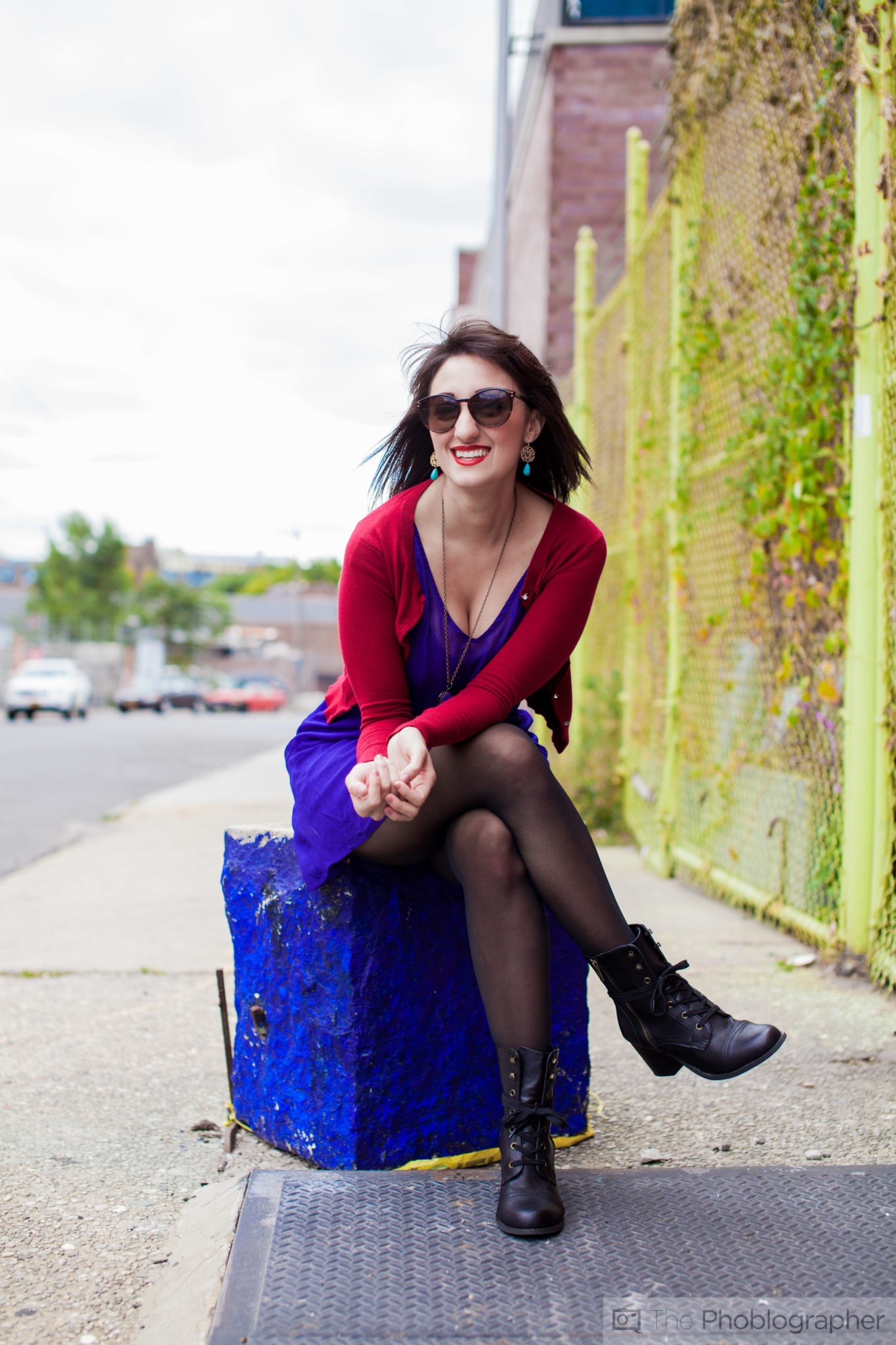
When it comes to these two images, not much of a difference can be perceived. As an extra stress test, we had her lean forward a bit more for the 85mm photo and still found the results to be very flattering on her. Having her lean forward makes her body come in on itself a bit more which can sometimes be unflattering based on the body type. But in this case, it worked out perfectly.
In this test, we couldn’t find a single major problem with either lens.
Test 2
In this test we decided to shoot closer up to Steph to see what kind of results we would get.
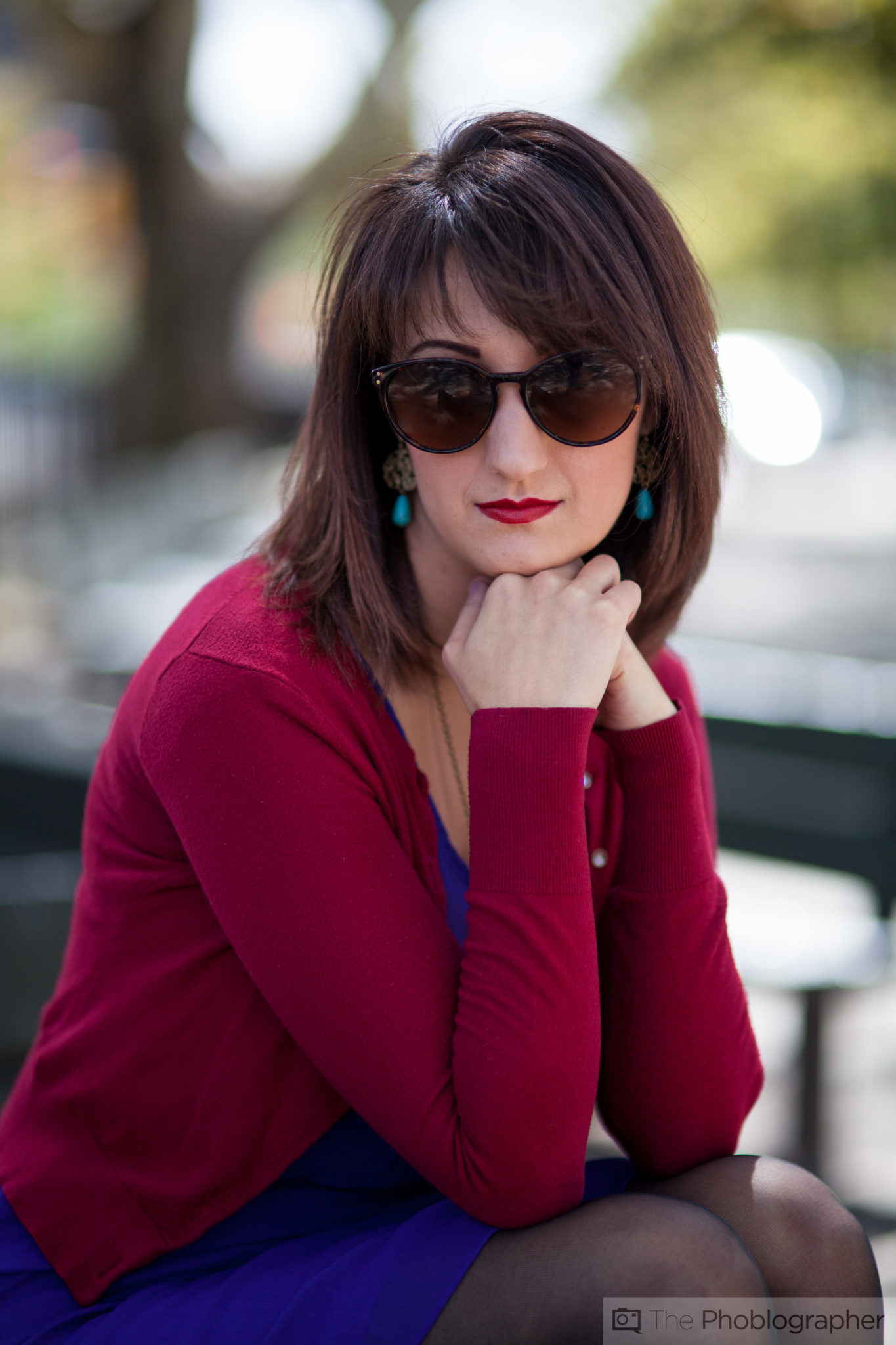
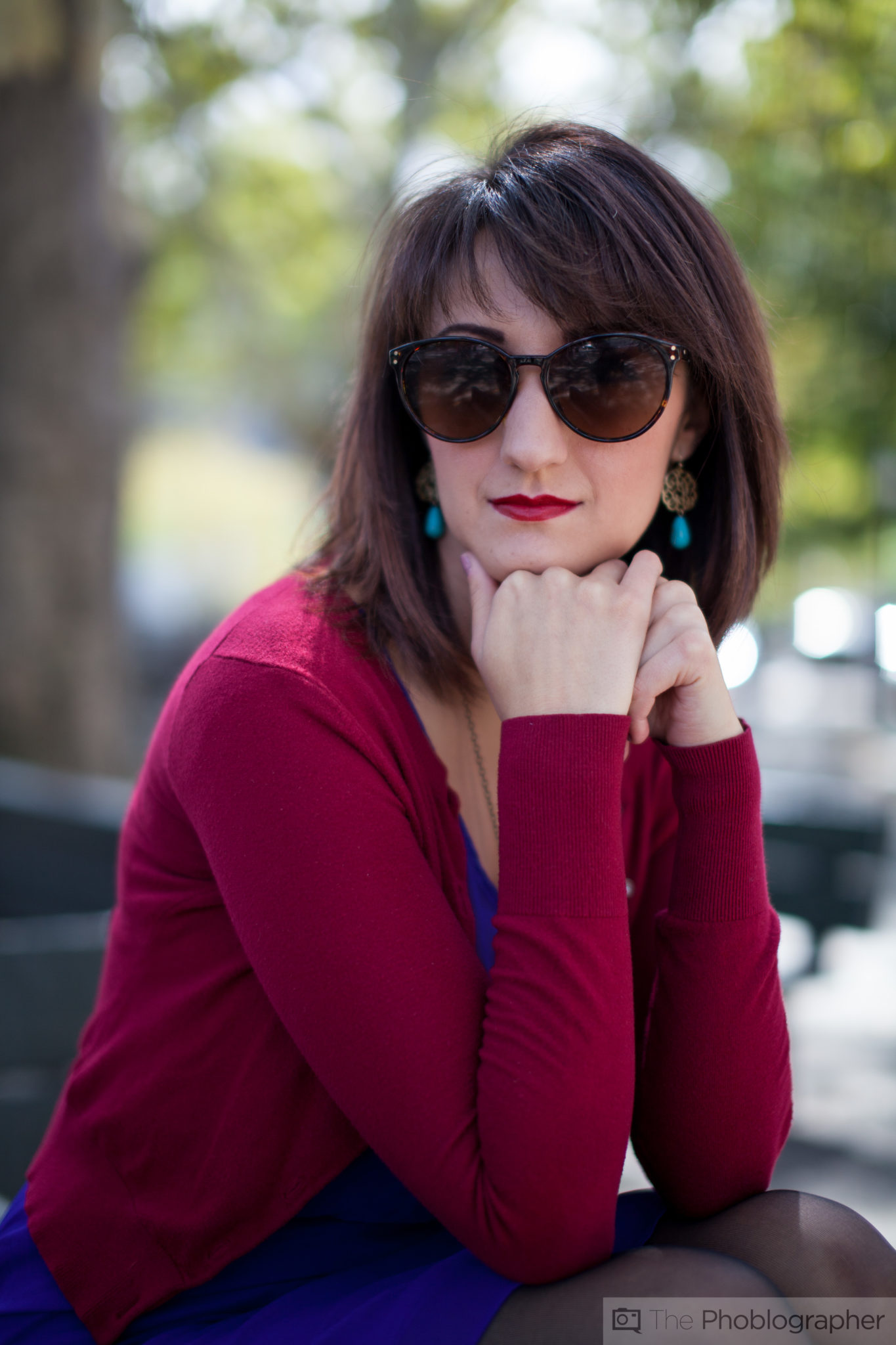
Steph’s neck is in relatively the same position for this test–and if anything the results are only slightly different. You can surely tell that there is more compression in the image shot with the 85mm lens, but even the 50mm doesn’t make her look bad. Still though, in a situation where someone has a larger body, it could mean the difference between a flattering and an unflattering image depending on the body type.
We can also see that Steph’s face looks a bit more thinned out with the 85mm. The placement of her chin on her hand remains on two of her fingers–which adds the same amount of weight to them when resting the chin. Still, the 85mm shows a bit of a thinner subject.
Conclusions
In this test, we truthfully conclude that in the most ideal situations, modern lens technology is so good that it may not even matter at all whether you shoot with an 85mm or 50mm lens. Again though, that has to do with modern technology. Older lenses may indeed be different. By testing the lenses on a full frame body, we were able to see just how they perform throughout the entire area of the imaging circle.
When it comes to closeups, a 50mm lens is going to render images to be larger and more distorted due to how perceived distortion works. You’ll need to keep this in mind when shooting portraits–especially when your subject is larger in mass.
Further, what we also need to remind everyone of is the absolute total truth: modern image software technology is so good that they can fix any problems with rectilinear distortion–for the most part. When it comes to perceived distortion though, you’ll need to remember this is what will affect you more when shooting portraits. So if you want to get very close up to your subject, go for a longer focal length. If you’re moving back quite a bit, you’ll have less of a problem.


